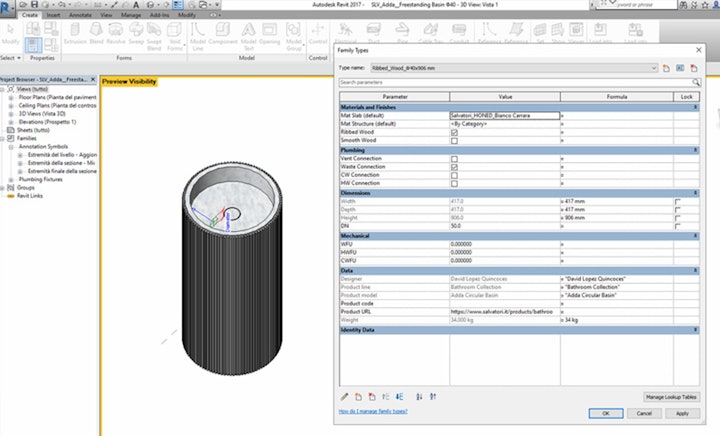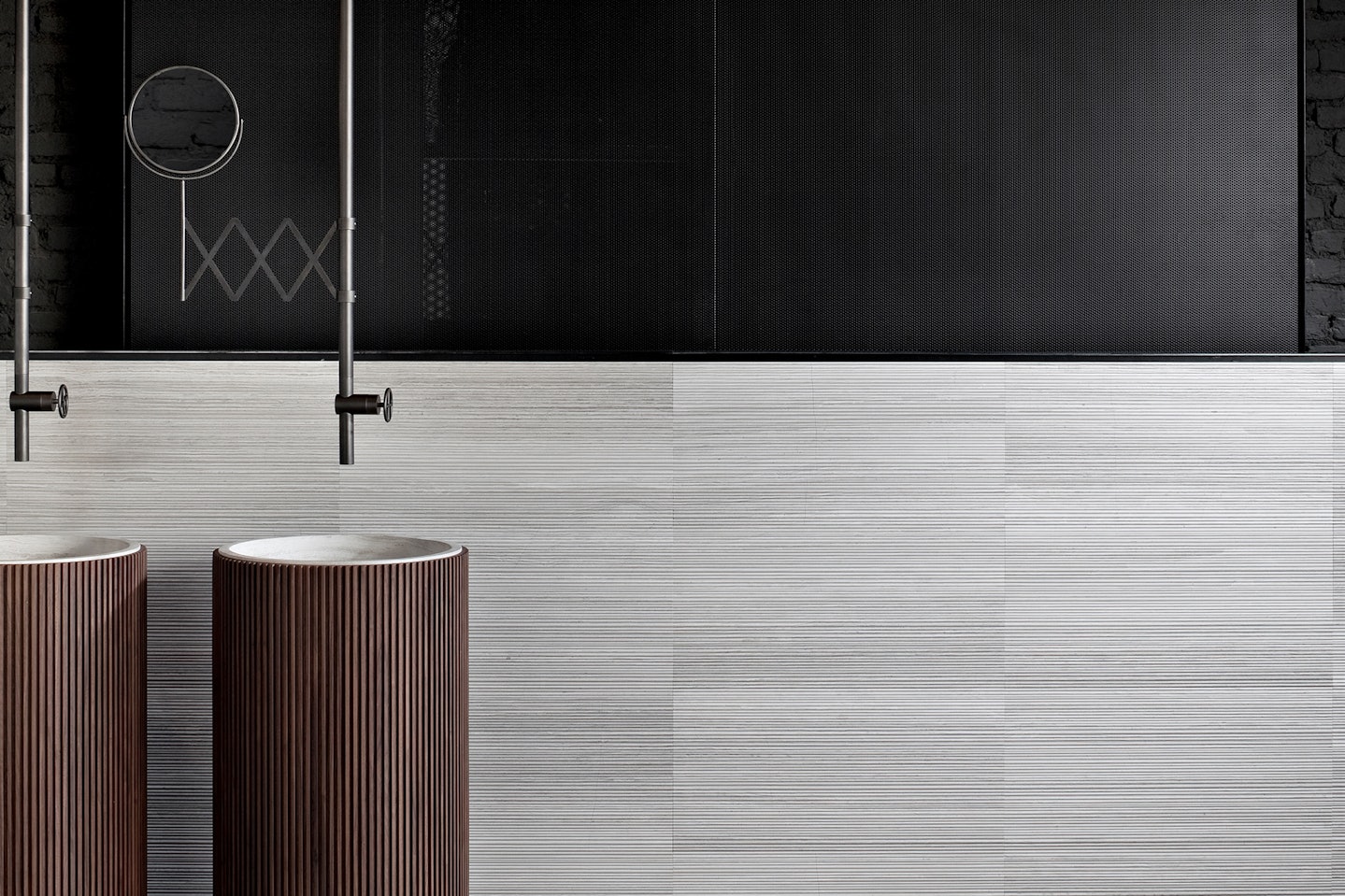BIM objects: from CAD blocks to BIM objects, what are the benefits?
03.2022
The added value of BIM lies precisely in the ability to identify, analyse, and extrapolate information for an object or model at any given moment
For many years now, manufacturers linked to the construction, manufacturing and design sectors have used a digitalisation process that provides clients digitally formatted representations of their products mainly in 2D or 3D CAD files. These types of files focus exclusively on the graphic/aesthetic representation of the object leaving out any kind of technical data or specifications regarding the real object.
BIM overcomes these limitations. In fact, a BIM object is something far more complex and detailed than 2D and 3D CAD files: it is the virtual reproduction of a real object. As such, the reproduction is represented by a three-dimensional parametric object, based on defined parameters with editable variables such as size, materials and visibility. A BIM object contains not only geometrical data, but also provides technical, physical and commercial specifications among others. There are no limitations on the type of information that can be associated with a BIM object.

The added value of BIM lies precisely in the ability to identify, analyse, and extrapolate information for an object or model at any given moment.
Considering how CAD blocks have become mandatory, indispensable tools for most designers in recent decades, it is clear that the use of BIM objects will gradually spread and become equally essential. The increase in the number of platforms dedicated to downloading BIM objects over recent years confirms this trend.

A company that equips itself with a library of its BIM products demonstrates it has an innovative business culture with a technological vision and the foresight to recognise the unstoppable evolution of BIM methodology. At the same time, a BIM library is also a powerful marketing tool increasing potential sales by promoting affiliations and partnerships between manufacturers and designers. For the design engineer, the use of BIM objects facilitates and improves the quality of work by making it possible to manage all the information (geometric and non-geometric) related to a real product in a single “container” (BIM object).
Below are some suggestions for recognising a quality BIM object.
A BIM object must:
Faithfully represent its real counterpart
Have a format that refers to the principal types of BIM software:
– Revit (.rfa)
– ArchiCAD (.gsm)
– Edificius (.bol)
– Allplan (.nas)
Be parametric, based on editable parameters
Be able to store information for analysis and extrapolation
Be sized between 800 kB and 1.5 MB (2.0 MB at most)
